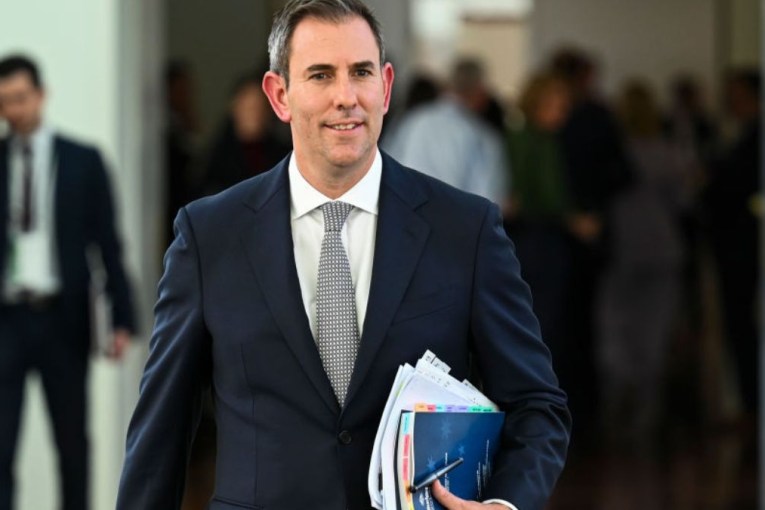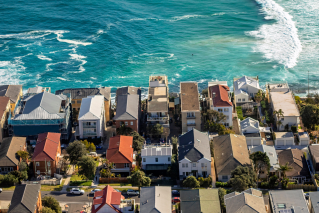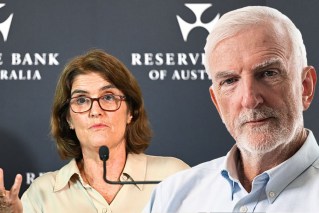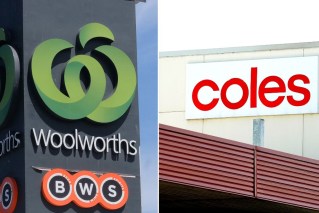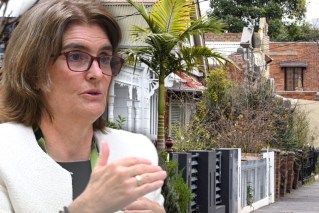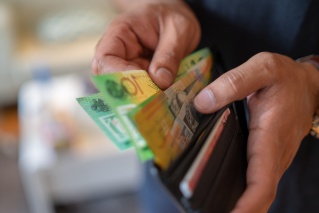Alan Kohler: RBA’s in-house agent of change Michele Bullock has been set up to succeed

Philip Lowe was effectively sacked as Reserve Bank governor for cause, but ironically his legacy could be among the best in the RBA’s history.
What was the cause?
There were three: First, his mistake, for which he apologised, in saying the 0.1 per cent cash rate wouldn’t change until 2024; second, shortcomings in running monetary policy before the pandemic and dealing with the board, revealed by the RBA Review in March; third, and perhaps most surprising, he lost the staff.
The result of the staff survey that the review panel conducted was devastating about his management.
More than half of the respondents thought there were too many layers of decision making and 64 per cent thought authority for decisions was at a higher level than needed. Fifty two per cent said they weren’t being consulted about change, and three-quarters said administrative processes were a barrier to them performing at their best.
It’s true that his replacement Michele Bullock was deputy governor and therefore part of management, but we don’t know what she told the review panel about her own frustrations in her one-on-one interview.

RBA deputy governor Michele Bullock will take over the top job when Philip Lowe’s term expires in September.
But we do know what she told Treasurer Jim Chalmers: “We’ve had a number of conversations about (the review recommendations) and I know that Michele Bullock is committed to the RBA review process, as am I.”
So Bullock presented herself to him as an agent of change from within, presumably without dumping on her boss, whereas Philip Lowe’s first reaction to the review was that “it didn’t really resonate with me”.
Lowe’s chief achievement
Well, it resonated with his deputy, and she made sure Jim Chalmers knew that. It also means the RBA staff are ready for the changes she’s going to bring.
As for Lowe’s legacy, there are wildly mixed reviews, but it looks like he will be the first RBA governor to get inflation down from above 7 per cent without a recession.
Since the Reserve Bank was created in 1959 inflation has been above 7 per cent three times and each occasion required a recession to get it down.
Philip Lowe has been talking for more than 12 months about the “narrow path” to getting inflation back to target with a soft landing in the economy. He started saying it in June last year, after the first two rate hikes: “It’s a narrow path we’re walking, but I’m hoping that we can get inflation back to 2 to 3 [per cent] and keep the unemployment rate roughly where it is.”
Michele Bullock said something similar in June this year in a speech about the importance of full employment, and how Australia’s central bank is prepared to accept a slower return to target inflation “while preserving as many of the employment gains as we can”.
No more rate hikes?
But then she mucked it up by suggesting that full employment is an unemployment rate of 4.5 per cent – a full percentage point, or 150,000 or so people, more than it was in March. That produced an outcry that would have threatened to derail her bid for the governorship.
But as things stand, inflation is well on the way down to 3 per cent, unemployment is still only 3.6 per cent, and while many families are having their own private recessions there is no sign of a general one.
Meanwhile, 20 minutes before Bullock’s appointment was announced on Friday, ANZ’s head of Australian economics Adam Boyton became the first economist to say that we’ve seen the last RBA rate hike. I agree.
Boyton’s call that the cash rate will now stay at 4.1 per cent was based on “a deterioration in forward-looking labour market indicators, good news on the global inflation front and increasing anecdotal evidence (including our own spending data) that the most recent rate hikes have had an impact on consumer behaviour”.
The good news on the global front was the stunning June CPI in the United States revealed on Wednesday – just 3 per cent.
In Australia, where the target is 2 to 3 per cent, that would be enough to stop hiking, but in the US the target is 2 per cent flat, so the market is still predicting one more hike there.
Nevertheless, inflation in America has never come down this fast without a recession.
So far, so good
This is already being given a name – “immaculate disinflation”. It looks like the only thing standing in the way of the immaculateness is a policy mistake from the US Federal Reserve: That is, over-tightening – which you would never rule out where the Fed is concerned. But so far, so good.
But if the narrow path is trod, and the disinflation in Australia and the US is immaculate, the Fed and the RBA should not share the Nobel Prize for Economics because most of the inflation was caused by supply shocks rather than demand or a speculative bubble that could be, and was, deflated with monetary policy.
There has been some excessive demand left over from the huge pandemic fiscal stimulus, but most of the inflation was always going to dissipate once the supply dislocations caused by COVID and then the Ukraine war ended.
The inflation of the 1970s, to which economists tend to compare this one, was also caused by supply dislocations – the two oil shocks of 1973 and 1979 – but the difference is that by the end of the decade, inflation had become embedded in expectations and, more importantly, in wage demands.
In those days half the Australian workforce and 20 per cent of America’s were in unions, so wage demands mattered and had to be crushed with recessions, in 1982 and again in 1991.
But the power of unions has been destroyed by legislation, and workers’ bargaining power has been destroyed by technology, and there’s no reason to think a wage-price spiral will happen this time.
All of which means Michele Bullock has been set up to succeed.
Alan Kohler is founder of Eureka Report and finance presenter on ABC News. He writes twice a week for The New Daily
